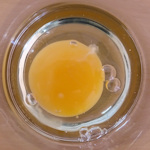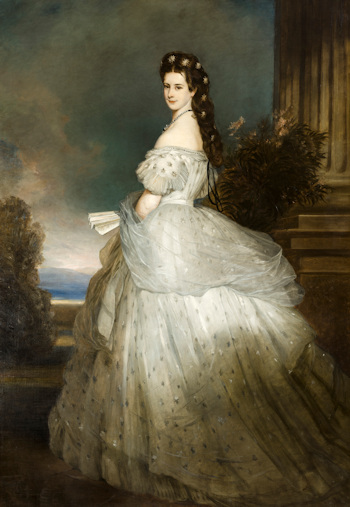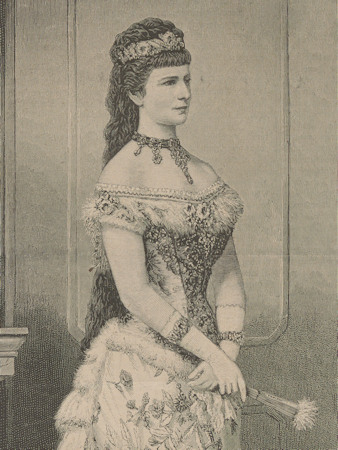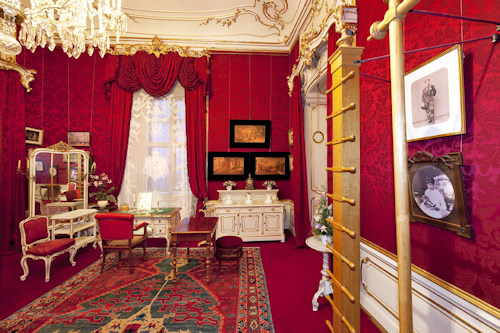
Chamomile shampoo with a hint of lavender? Fine. Olive and avocado? Acceptable. Pomegranate and pear? Certainly plausible. But how about cognac and egg yolk? Ah.
- See also:
The Imperial Hair

(Franz Xaver Winterhalter, Kaiserin Elisabeth, undated. Photo courtesy of and © Belvedere, Wien; reproduced with permission under the terms of Creative Commons License CC BY-SA 4.0.; photo by Áment Gellért)
Not tempted by a cognac/egg shampoo?
Empress Elisabeth (“Sisi”), the famous spouse of Emperor Franz Joseph, certainly was.
Sisi’s character might best be described as complicated. Not surprising when you consider she left provincial Bavaria to marry into the Habsburg monarchy in 1854 aged just 16.
The empress possessed a free spirit that railed against the restrictions of court life. Her soul tended to melancholy, albeit with a touch of romanticism. She also loved to travel and could never settle: always seemingly searching for peace, but never finding it.
And, it must be said, Sisi was a little obsessed with her physical appearance. Perhaps more than just a little.
Elisabeth dedicated a large portion of her life to maintaining her looks and slim figure (which included a 20-inch waist).

(Details from an illustration of Empress Elisabeth by Georg Raab and published by Victor/Viktor Angerer in 1878 that hints at the extent of her hair; Wien Museum Inv.-Nr. W 2465; excerpt reproduced with permission under the terms of the CC0 licence)
For example, she had fitness equipment installed in her palace dressing room, which raised a few traditional eyebrows at court.
Elisabeth’s hair was her particular pride and joy.
Sisi’s loving husband shared the sentiment: the Emperor used to work below a painting that showed his wife with her hair billowing down in natural splendour.
(A self-guided tour of the Imperial Apartments in Vienna’s Hofburg palace complex includes Franz Joseph’s study, as well as, for example, Sisi’s dressing room and other chambers.)
Just brushing and arranging the hair took a big chunk out of the day. So much so that the Empress used the time for study and correspondence.
Elisabeth also checked how much hair came out in the process.
Allegedly, she could get so angry if she felt her hairdresser had pulled out too many strands that the poor lady took to surreptitiously depositing stray hairs on sticky material inside her dress.

(Hofburg Vienna, Empress Elisabeth’s dressing/exercise room (Vienna Hofburg, Imperial Apartments) © Schloß Schönbrunn Kultur- und Betriebsges.m.b.H. – Lois Lammerhuber)
And then there was washing. Time-consuming enough when you have shoulder-length hair, more so when your hair – as with Elisabeth – reaches down to the floor: the royal coiffure demanded more than a quick dousing and a bit of soap.
Washing her hair involved a day’s work for Elisabeth. And she did it using an essence of egg and cognac. The combination seems hard to credit, but given Elisabeth’s continent-wide reputation for beauty it must have worked.
I’m no beauty product expert (on account of being largely not beautiful) but my understanding is that egg is actually a recognised shampoo alternative. Something about the natural ingredients cleansing, strengthening and moisturising the hair. (Don’t trust me on this, though).
So Sisi was not actually being unusual.
As for the cognac, well, there I’m at a loss. Perhaps it stimulates blood flow to the scalp? Or perhaps it never actually went in the shampoo but helped dull the boredom of waiting for ankle-length hair to dry?